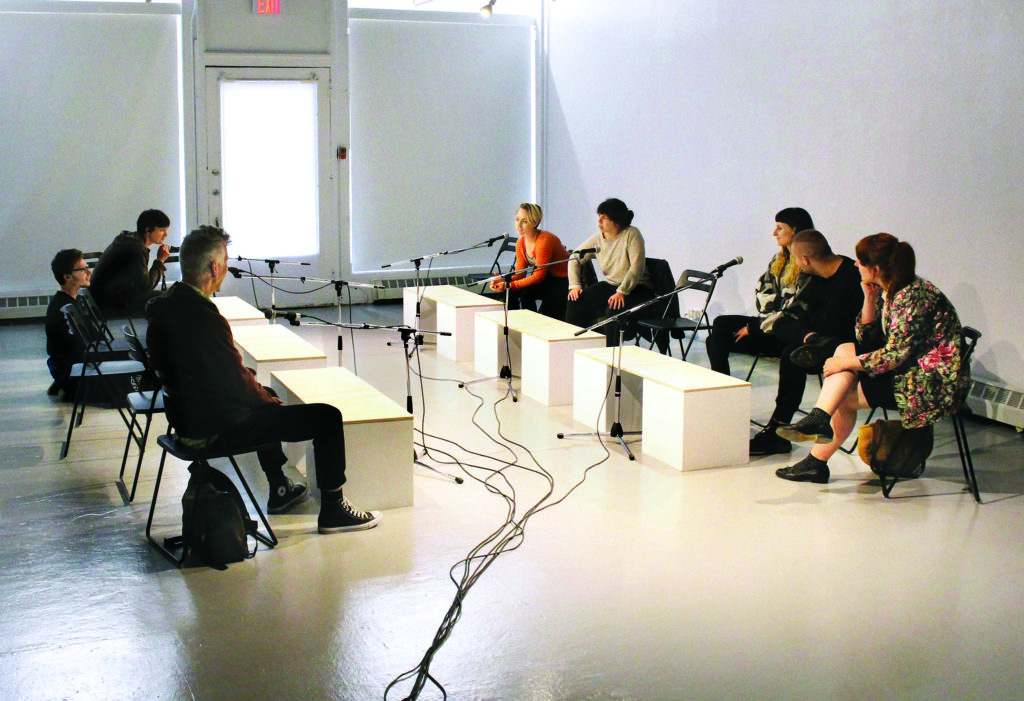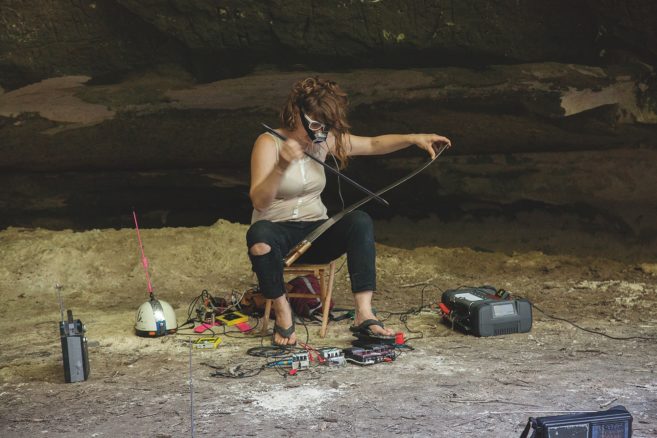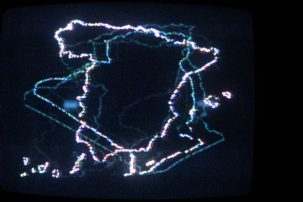What makes an era, a scene, a reputation? To reproduce a smooth and reasonable picture of the past is to be complicit with exploitable narratives in the present. While the backward gaze can seem glorious when past events achieve mythic importance, it is only through historical critique that we gain a firm foothold to challenge the inherent contradictions of established beliefs.
Take for instance the tantalizing whispers of something called the Halifax Conference. In the Nova Scotia College of Art and Design’s history, the conference is within a vaunted canon that includes the Projects Class, Lithography Workshop and NSCAD Press. For some, these references point to another time when neoliberal rationality did not dominate and an enlightened administration was in lockstep with subversive concerns; for others, they are only dusty citations that are irrelevant to contemporary matters. Against the hyperbole of the former and the myopia of the latter, a re-examination of the conference provides a reflection on the limits of institutional discourse, while exposing the contemporary art world’s political ambivalence.
On October 5 and 6, 1970, the conference hemorrhaged aesthetic and ideological conflict during its gathering of renowned artists, organized by gallerist, publisher and impresario Seth Siegelaub. As described in the original press release: “The Halifax Conference was conceived as a means of bringing about a meeting of recognized artists representing diverse kinds of art from different parts of the world, in as general a situation as possible. ‘What will happen is impossible to forecast,’ says Seth Siegelaub.” Siegelaub’s accurate anti-prognostication is matched by the obscurity of the conference’s goings-on, due in large part to the poor audio and video quality of extant documentation. Even still, there has been ample institutional use-value in citing its roster of participants— Joseph Beuys, Lawrence Weiner, Michael Snow, Carl Andre, Robert Morris and N.E. Thing Co., among others—without excavating the actual substance of the debates. The videotapes verify what is known of the conference’s legend: discussions were held in the college’s boardroom, while students and other interested parties watched on a video monitor in the gallery below; and the separation of panellists and students, which remained contentious from the outset, dramatically incited students to pour into the boardroom, in effect, bringing the conference to an end.
Yet, beyond setting and story, the videotapes also contain a record of rich, though fragmentary, dialogue that provides firsthand revelations of some of the participants’ commitments regarding art and politics at the time. Beuys criticizes Andre for demonstrating an undialectical “one-sidedness” (Einseitigkeit) while Andre accuses Beuys of endorsing exactly “the political correctness that gets you the war in Vietnam.” Weiner badgers painter Richard Smith to see art as historical artifact instead of something with transcendent value. Morris denounces the falsity of the conference’s political and artistic claims, warning students and his peers about the importance of context and the power of information. And, in a climactic disruption, a telegram arrives from the Women’s Art Workers (signatures included Lucy Lippard), condemning the absence of women at the conference (minus Ingrid Baxter as one half of N.E. Thing Co.). It states: “Pay your dues. We are due for ours.”
When one replays the conference today, its dormant substance comes to light, alongside the chance to redress its glaring blind spots—its hubris, heroism and hierarchy. By dramatically embodying these contradictions it becomes possible to finally cast them aside.

 Craig Leonard’s Casting
the Conference, a five-part theatrical re-enactment of the 1970 Halifax Conference, was staged at Anna Leonowens Gallery
in June 2016.
Craig Leonard’s Casting
the Conference, a five-part theatrical re-enactment of the 1970 Halifax Conference, was staged at Anna Leonowens Gallery
in June 2016.







